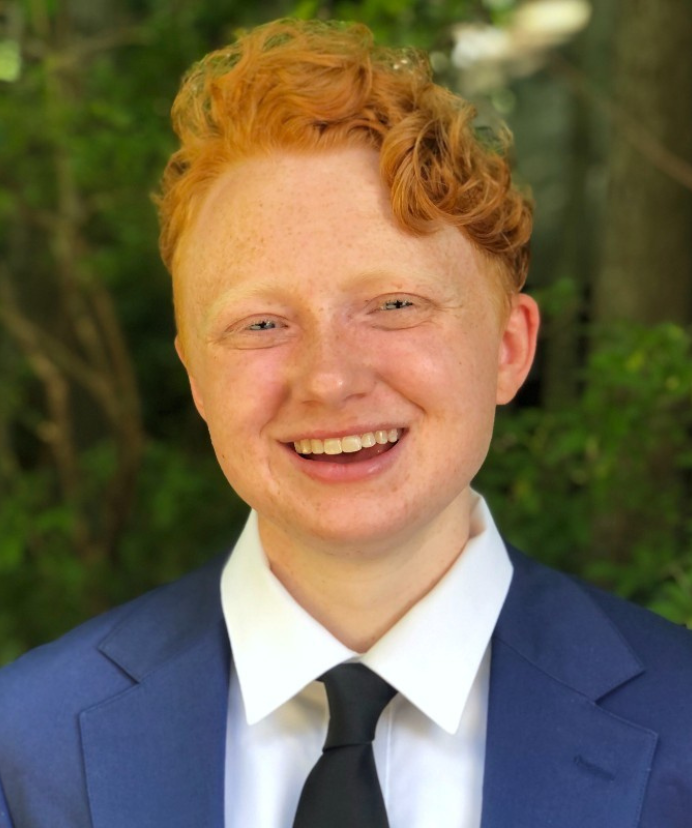Janet Currie
PHP Fellow Gray Babbs profiles Janet Currie to understand her perspective on Covid-19 as a professor and how the pandemic will affect child mental health.

Read Time: 3 minutes
Published:
Janet Currie is the Henry Putnam Professor of Economics and Public Affairs at Princeton University and the co-director of Princeton’s Center for Health and Wellbeing. Her current research focuses on socioeconomic differences in health and access to health care, environmental threats to health, and the important role of mental health. PHP Fellow Gray Babbs profiles Janet Currie to understand her perspective on COVID-19 as a professor and how the pandemic will affect child mental health.
Public Health Post: What was your focus of work before the Covid-19 pandemic?
Janet Currie: The main focus of my work for the last little while has been on understanding child mental health. This is an extremely important form of human capital that has really been neglected by economists, even though it is so important for understanding people’s lifetime trajectories. I am looking at what determines how people are treated and thinking about what policy interventions might be useful to get children into effective treatment.
How has this pandemic changed your work and the way you think about public health?
Unfortunately, this pandemic confirms what many people in public health have thought for a long time—our public health efforts have been starved of resources for so long that it was really difficult to respond effectively to the pandemic. Even months into the crisis, we are still struggling to put together effective leadership structures and suffering from shortages of materials, tests, and person-power to do critical things like contact tracing. Anyone who has worked with state public health agencies, as I have, has seen first-hand how understaffed and underfunded they are. The crisis also underlines the importance and durability of socioeconomic determinants of health. Just as we would expect, poor and minority people are most at-risk of the novel virus.
What is a lesson learned during the response to Covid-19 that will inform your future work?
People will be studying the Covid-19 crisis for years to come. I am particularly interested in the short- and long-term impacts on children starting in the in-utero period and focusing on their mental health going forward.
In what ways will Covid-19 shape the mental health of children?
Covid-19 will have myriad effects on the mental health of children. First, they will pick up on the stress and anxiety of those around them, and they are likely to have their own fears about getting sick or the people they love getting sick. They will also suffer from the disruption of their usual routines and isolation from friends and loved ones who do not live with them. Their caretakers may also be suffering from mental health problems, which could impact their ability to care for them properly. Second, some children will experience traumatic events as a result of the virus, from causes ranging from deaths of friends and family to spikes in domestic violence. The economic crisis caused by Covid-19 will also cause mental health problems, through similar mechanisms. Recent work shows, for example, that cohorts of young people who leave school during a recession suffer worse health in adulthood and have higher mortality from causes such as heart disease compared to people who leave school when the economy is good.
From your perspective as a professor, will Covid-19 change how we teach?
Covid-19 has already radically changed how we teach, since most of us are now teaching from home, online. We have had to change the way we engage with students and the structure of assignments and so on. While I hope that we can return to in-person instruction sooner rather than later, I’m sure that some of these changes will carry over into our teaching going forward.
Editor’s note: This is part three in a series of Profiles exploring the coronavirus pandemic with thought leaders in public health. You can read parts one, two, four, five, six, seven, and eight here.
Photo courtesy of Janet Currie




